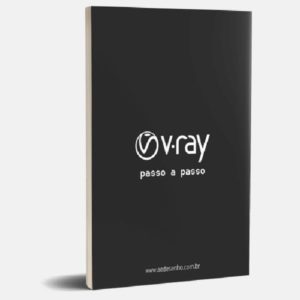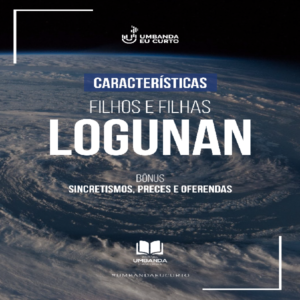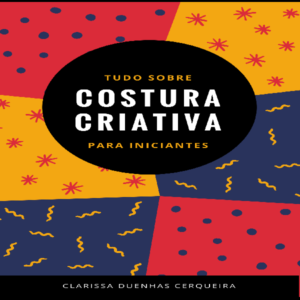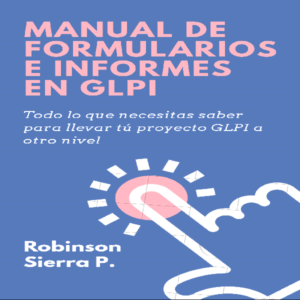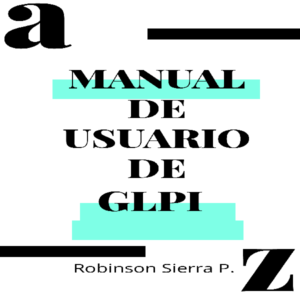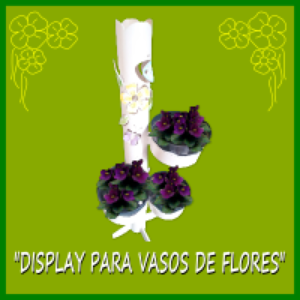Wild Things in the German Language is a book for people interested in German who want to increase their vocabulary, as language lovers or students. It's also a book for people who know that words linked to images find their way into long-term memory without repetitive or boring drills.
I focus in the book on one of the real strengths of the German language, its use of compound words to evoke common experiences or states of mind. In particular, I focus on compound words that attach a certain feeling, character trait, attitude, or habit to an animal (or, in a few cases, a plant). An example is "Dreckspatz," which combines "Dreck" (dirt) and "Spatz" (sparrow) to refer to a person, especially a child, prone to get dirty, for example, by playing in the mud, all the while showing little interest in cleanliness. Another example is "Rabeneltern," which identifies the kinds of parents who are more focused on themselves than on their kids.
The challenge was to depict these "creatures" through drawings that make the connection to an existing animal or plant clear, but imbue them at the same time with the characteristics a particular word refers to. I will have achieved my goal if I make readers smile or, for students of German, lighten the essentially arduous task of memorizing words in that language.
In studying the words illustrated in the book, readers will not only learn these words as they stand, they'll also learn the components out of which the words are formed. Take again "Rabeneltern" as an example: It introduces the word for parents, "Eltern," and the accompanying text furthermore introduces "Vater" (father) and "Mutter" (mother). This bonus learning would be my answer to comments I have heard from a few teachers of German: "The words are fun, but not important. They are not common enough."
I have been racking my brain to find all German words that would qualify as valid entries in my book; that is, compound words describing creatures that do not exist, in the literal sense, in the animal or plant kingdom, but are strictly language constructs. In other words, the book is as long as I could possibly make it.
Have fun!
I focus in the book on one of the real strengths of the German language, its use of compound words to evoke common experiences or states of mind. In particular, I focus on compound words that attach a certain feeling, character trait, attitude, or habit to an animal (or, in a few cases, a plant). An example is "Dreckspatz," which combines "Dreck" (dirt) and "Spatz" (sparrow) to refer to a person, especially a child, prone to get dirty, for example, by playing in the mud, all the while showing little interest in cleanliness. Another example is "Rabeneltern," which identifies the kinds of parents who are more focused on themselves than on their kids.
The challenge was to depict these "creatures" through drawings that make the connection to an existing animal or plant clear, but imbue them at the same time with the characteristics a particular word refers to. I will have achieved my goal if I make readers smile or, for students of German, lighten the essentially arduous task of memorizing words in that language.
In studying the words illustrated in the book, readers will not only learn these words as they stand, they'll also learn the components out of which the words are formed. Take again "Rabeneltern" as an example: It introduces the word for parents, "Eltern," and the accompanying text furthermore introduces "Vater" (father) and "Mutter" (mother). This bonus learning would be my answer to comments I have heard from a few teachers of German: "The words are fun, but not important. They are not common enough."
I have been racking my brain to find all German words that would qualify as valid entries in my book; that is, compound words describing creatures that do not exist, in the literal sense, in the animal or plant kingdom, but are strictly language constructs. In other words, the book is as long as I could possibly make it.
Have fun!

